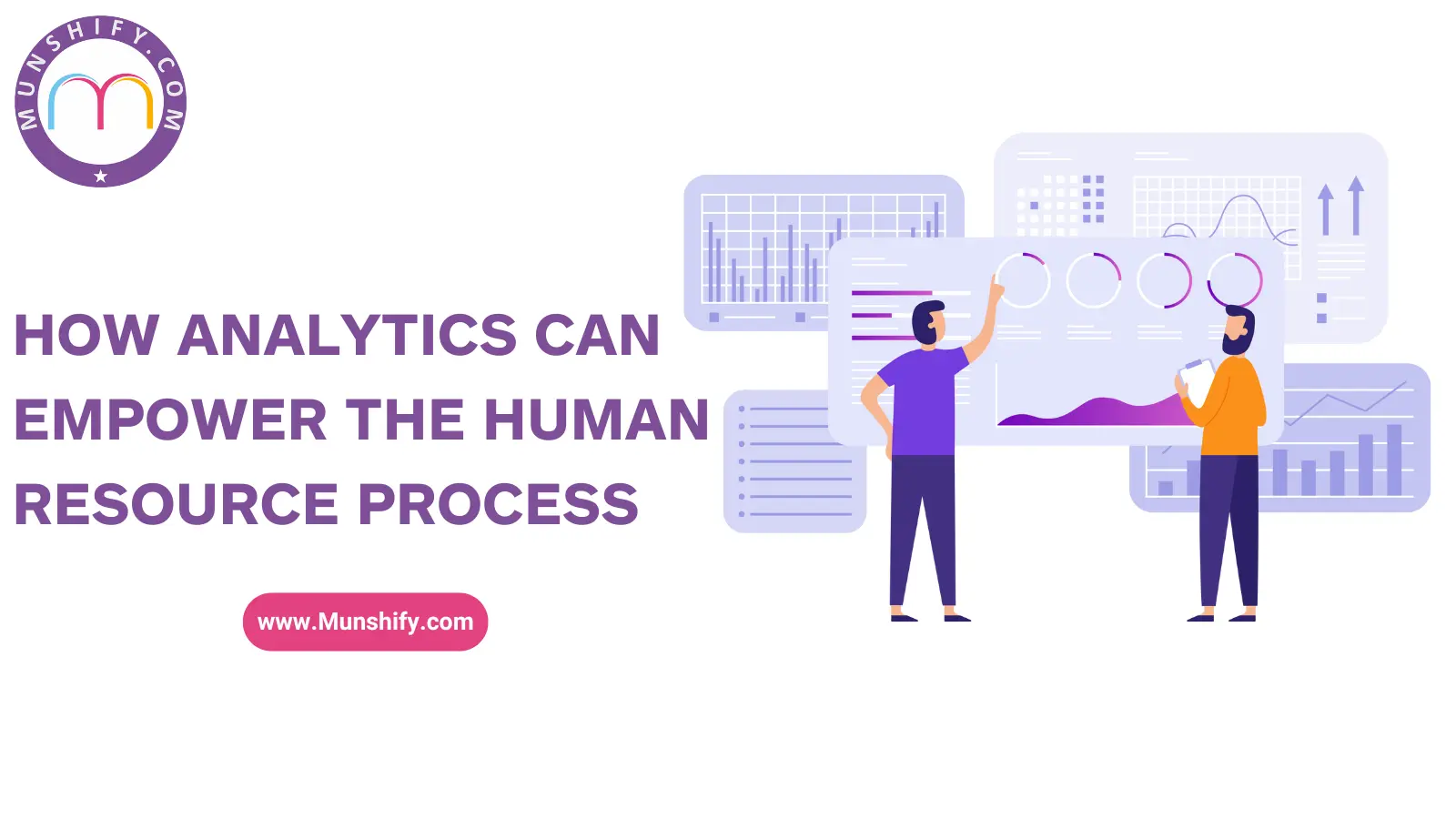In the modern business landscape, data-driven decision-making has become essential. Human Resource Management Systems (HRMS) are no exception. Through analytics, HR processes are being revolutionized, providing deeper insights, and fostering informed decision-making. This blog post will explore how HRMS analytics can empower human resource processes, driving efficiency and strategic growth.
Table of Contents
1 Understanding HRMS
2 Benefits of HRMS Analytics
3 Key Metrics in HRMS Analytics
4 Implementing HRMS Analytics
Understanding HRMS
HRMS, or Human Resource Management Systems, are comprehensive tools that integrate various HR functions into a single platform. These systems handle recruitment, employee records, payroll, performance management, and more. With the advent of analytics, HRMS has transformed from mere administrative tools to strategic assets, offering valuable insights that can optimize HR processes.
Benefits of HRMS Analytics
Improved Recruitment
One of the most significant benefits of human resources management system analytics lies in recruitment. By analyzing data from various sources, HRMS can identify patterns and trends that improve hiring strategies. For instance, it can pinpoint the most effective recruitment channels, reducing time-to-hire and cost-per-hire. According to a study by LinkedIn, companies that use data to support their hiring decisions experience 50% lower attrition rates (LinkedIn, 2021).
Enhanced Employee Engagement
Employee engagement is crucial for retaining top talent. HRMS analytics can monitor engagement levels through surveys, performance metrics, and feedback systems. By understanding the factors that influence engagement, companies can implement targeted initiatives to boost morale and productivity. For example, Gallup reported that highly engaged teams show 21% greater profitability (Gallup, 2020).
Better Performance Management
Performance management becomes more precise with human resources management system analytics. Managers can track employee performance against key performance indicators (KPIs) and identify areas for improvement. This data-driven approach ensures that evaluations are objective and fair, fostering a culture of continuous improvement. Additionally, HRMS analytics can help identify high performers, guiding succession planning and career development efforts.
Streamlined Workforce Planning
Effective workforce planning is essential for aligning HR strategies with business goals. HRMS analytics provide insights into workforce demographics, skills gaps, and future staffing needs. This proactive approach enables organizations to anticipate changes and make informed decisions about hiring, training, and development. According to Deloitte, companies that excel in workforce planning are 30% more likely to outperform their peers (Deloitte, 2022).
Key Metrics in HRMS Analytics
Employee Turnover Rate
Employee turnover rate is a critical metric that HRMS analytics can track. By analyzing turnover data, HR professionals can identify underlying issues such as job dissatisfaction, poor management, or lack of growth opportunities. Addressing these issues proactively can reduce turnover and improve employee retention.
Time-to-Hire
Time-to-hire measures the efficiency of the recruitment process. human resources management system analytics can identify bottlenecks in the hiring process, enabling HR teams to streamline workflows and reduce delays. Faster hiring processes lead to a better candidate experience and ensure that positions are filled promptly.
Employee Productivity
Monitoring employee productivity is essential for optimizing performance. Human resource management system analytics can track productivity metrics, helping managers identify high and low performers. By understanding productivity trends, organizations can implement targeted interventions to enhance efficiency and output.
Training Effectiveness
Training programs are vital for employee development. human resources management system analytics can evaluate the effectiveness of training initiatives by measuring post-training performance and engagement. This data-driven approach ensures that training resources are allocated efficiently and that programs deliver the desired outcomes.
Implementing HRMS Analytics
Implementing HRMS analytics requires a strategic approach. Organizations should start by identifying key metrics aligned with their HR goals. Data should be collected from various sources, including employee surveys, performance reviews, and recruitment data. Advanced analytics tools can then be used to analyze this data, providing actionable insights.
Training HR professionals to use these tools effectively is also crucial. They should understand how to interpret data and make data-driven decisions. Furthermore, fostering a culture of continuous improvement and encouraging feedback can help ensure the successful implementation of HRMS analytics.
In conclusion, human resources management system analytics can transform human resource processes by improving recruitment, enhancing employee engagement, optimizing performance management, and streamlining workforce planning. Embracing HRMS analytics is essential for staying competitive and achieving strategic goals.
Munshify HRMS stands out in this domain, offering advanced analytical capabilities that empower HR professionals to make informed decisions. Its user-friendly interface and comprehensive analytics provide deeper insights into the workforce, driving efficiency and fostering continuous improvement. By adopting Munshify HRMS, companies can stay ahead, leveraging data to enhance their HR processes and achieve exceptional outcomes.
The future of HR lies in data, and those who harness its power with tools like Munshify HRMS will undoubtedly lead the way.


